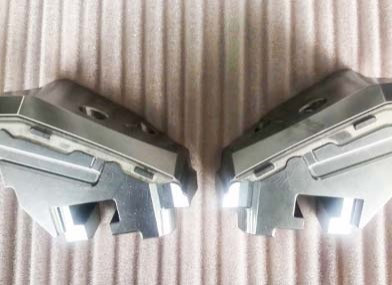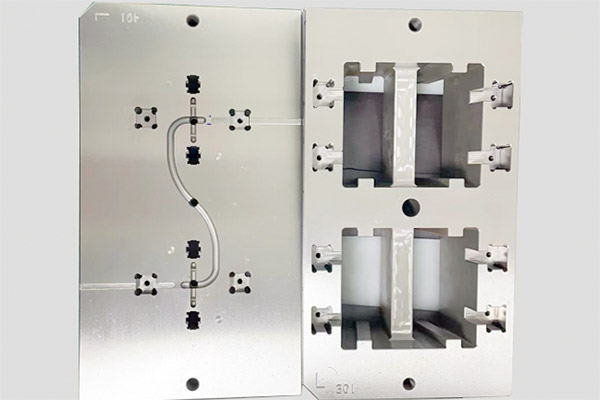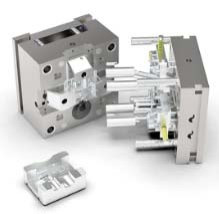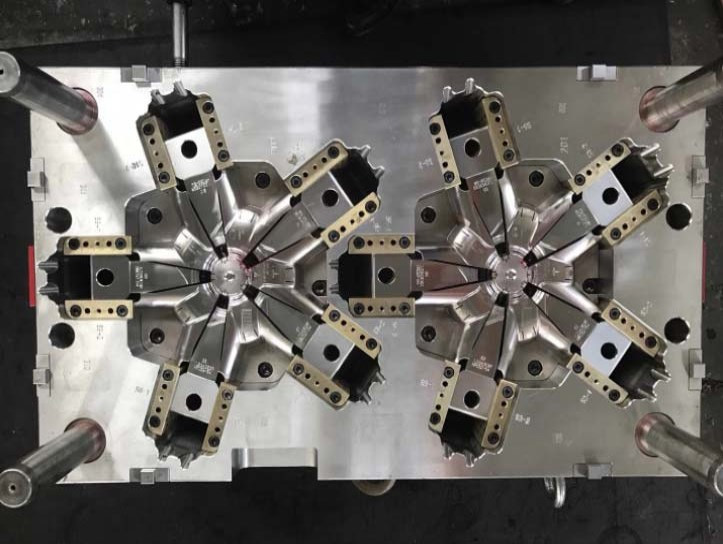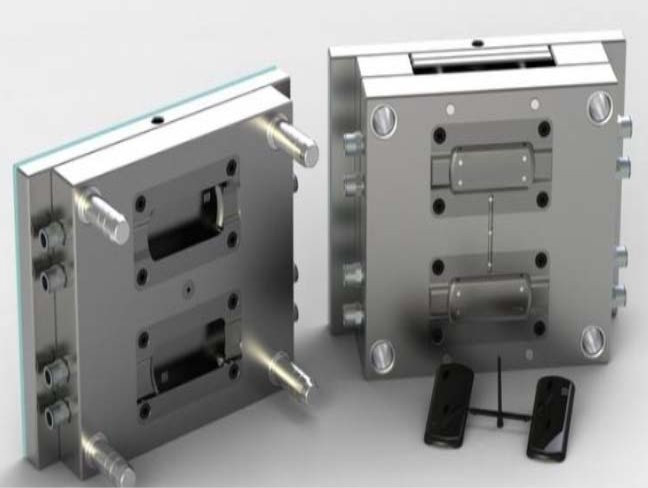
Rapid Tooling For Robot
Brand Name:Hamsan Tooling
Mold Base:LKM;HASCO;DME,etc
Mold Material:P20
Tolerance:+/-0.01mm
Shaping Mode:Plastic Injection Mold
Design Software:AutoCAD;NX;ProE
Packaging Details:Wooden case
Delivery Time:16 days manufacturing lead time
Products Details
When to use Direct Rapid Tooling?
Direct rapid tooling is more commonly used in manufacturing than in prototyping. In low-volume production, direct rapid tooling allows us to create a mold or tooling quickly and produce parts immediately. Direct rapid tooling is beneficial for low-volume production as the tools don’t have to be robust or durable. We can produce more than 5,000 units from direct rapid tooling depending on the chosen materials and the complexity level of the design. When we use direct rapid tooling in prototyping, there are some limitations. Here are the advantages and disadvantages of direct rapid tooling.

Limitations of Rapid Tooling -
Higher injection cost and labor cost: Prototyping with rapid tools is an iterative process, which means more spending on injection molding, especially if you're looking to refine your design. Higher injection costs translate into higher labor costs, which can increase your production costs.
Shorter die life cycle: Fast molds do not last very long due to the stress placed on them by the injection process. The materials used to produce the molds, such as aluminum and steel, are not of high quality. This may cause you to create a new mold from time to time to replace a worn mold.
MATERIALS USED IN RAPID TOOLING
ABS: ABS is a thermoplastic with high impact resistance, low density, and low cost. It is reinforced with glass fibers. Available in ABS 30% GF and ABS 40% GF.
NYLON GF'S: Nylon is a thermoplastic with great mechanical properties and high chemical and abrasion resistance. It is reinforced with glass fibers. Available in Nylon 30% GF and 40% GF.
PP: Polypropylene is the most common material used in injection moulding and has high chemical resistance. Also available in food grade.
PA6: PA6 is a performance plastic with a high degree of toughness and a good surface finish.
PA12: PA12 is a performance plastic with low moisture absorption, high dimensional strength, and flexibility.
HDPE: High-density polyethylene has a high strength-to-density ratio, impact resistant, and long-lasting.
LDPE: Low-density polyethylene is flexible, had good impact resistance, lightweight with high strength.
POM: Polyoxymethylene has high-temperature resistance, excellent chemical resistance, and good dimensional stability.
Direct rapid tooling is more commonly used in manufacturing than in prototyping. In low-volume production, direct rapid tooling allows us to create a mold or tooling quickly and produce parts immediately. Direct rapid tooling is beneficial for low-volume production as the tools don’t have to be robust or durable. We can produce more than 5,000 units from direct rapid tooling depending on the chosen materials and the complexity level of the design. When we use direct rapid tooling in prototyping, there are some limitations. Here are the advantages and disadvantages of direct rapid tooling.
Limitations of Rapid Tooling -
Higher injection cost and labor cost: Prototyping with rapid tools is an iterative process, which means more spending on injection molding, especially if you're looking to refine your design. Higher injection costs translate into higher labor costs, which can increase your production costs.
Shorter die life cycle: Fast molds do not last very long due to the stress placed on them by the injection process. The materials used to produce the molds, such as aluminum and steel, are not of high quality. This may cause you to create a new mold from time to time to replace a worn mold.
MATERIALS USED IN RAPID TOOLING
ABS: ABS is a thermoplastic with high impact resistance, low density, and low cost. It is reinforced with glass fibers. Available in ABS 30% GF and ABS 40% GF.
NYLON GF'S: Nylon is a thermoplastic with great mechanical properties and high chemical and abrasion resistance. It is reinforced with glass fibers. Available in Nylon 30% GF and 40% GF.
PP: Polypropylene is the most common material used in injection moulding and has high chemical resistance. Also available in food grade.
PA6: PA6 is a performance plastic with a high degree of toughness and a good surface finish.
PA12: PA12 is a performance plastic with low moisture absorption, high dimensional strength, and flexibility.
HDPE: High-density polyethylene has a high strength-to-density ratio, impact resistant, and long-lasting.
LDPE: Low-density polyethylene is flexible, had good impact resistance, lightweight with high strength.
POM: Polyoxymethylene has high-temperature resistance, excellent chemical resistance, and good dimensional stability.

